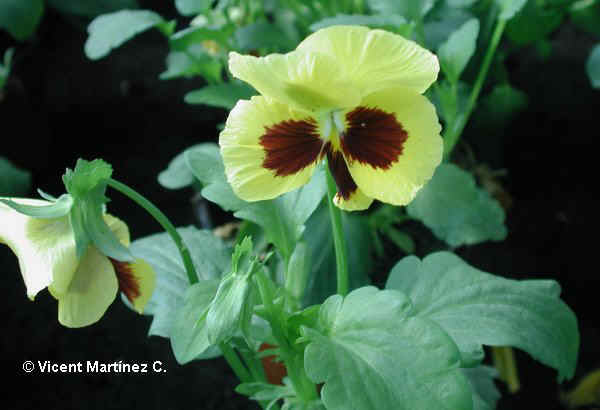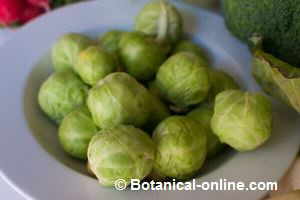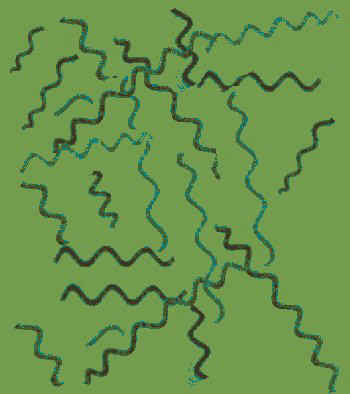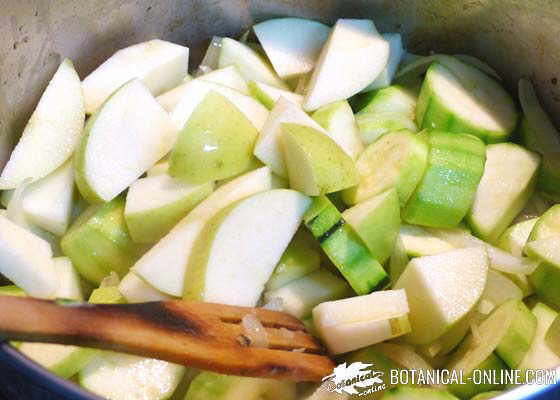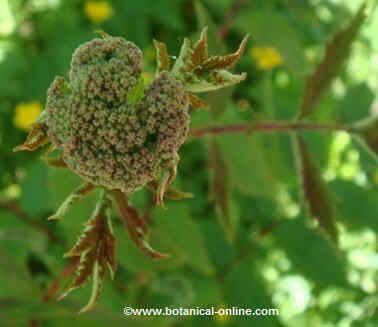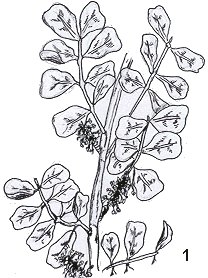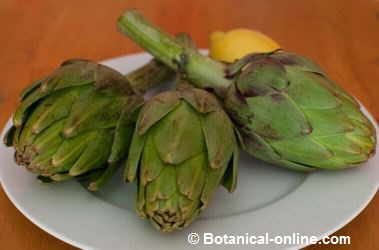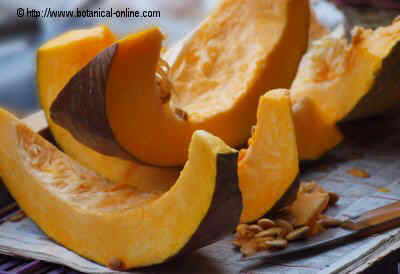Contents
Main uses of manioc
The main uses of cassava are as follows:
– As human food once toxins have been eliminated: Cassava is an essential food in many regions of the world, being the staple food for the inhabitants of the lowland tropics. However, it is important to note that raw cassava should not be eaten because it is very toxic in this way (See “yuca toxicity” in the list below).
How do you remove the toxicity from cassava or tapioca?
To eliminate its toxicity, the following process is carried out:
- Wash the roots well.
- Peel the roots.
- Cut the roots into small pieces and grate them.
- Let it rest to ferment (This process is not always done).
- Squeeze the pieces and discard the extracted juice.
- Pass the paste through a sieve to completely free it from the liquid, leaving only the solid part.
- Cook or dehydrate pasta in the sun to permanently eliminate toxins.
What foods are prepared with cassava?
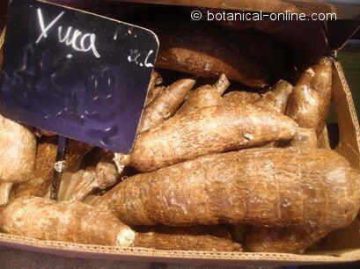
Once detoxified, this type of cassava can be eaten in many ways. Among the most characteristic dishes made with this food we have the following:
- Fufu: It is a staple food in Central and West Africa. Although it is normally made with yame or corn, it is also usually made with cassava. To do this, the cassava paste mixed with water is stirred in a mortar or with a mixer.
- Tapioca: Tapioca is the powdered cassava flour or in the form of what is called “tapioca pearls”. Tapioca is made by washing the cassava paste and heating it slightly so that it “crystallizes” in the form of small balls. Typically this product is used to thicken soups, puddings or cakes. It can be eaten boiled with bread. In contact with heat it solidifies, forming a kind of gelatin. When eaten alone, sugar and vanilla are usually added.
- Farofa: Farofa is a dish made with powdered manioc in the form of flour or in grains that has been toasted and to which other spices or seasonings can be added. In the Caribbean it is usually done using large and flat ovens with which they make a kind of flat and round loaves that, on many occasions, constitute the main food of some of its inhabitants. Farofa is one of the favorite dishes in Brazil where it is usually eaten with beans and pork, a dish known as feijoada.
- Garri: It is a typical dish from Cameroon. It consists of grated cassava that is placed over an oven so that it is cooked. It is then fermented for a couple of days and roasted.
- Malinke: It is a Guinean dish and is prepared with cassava and rice.
- Bammy: Also called “cassava bread” it is consumed in the Caribbean along with fish. It is made by frying the cassava battered with coconut milk and fried in butter.
- Ugali: Typical dish of Tanzania that is prepared in the form of porridge with corn flour, millet or cassava. The water is mixed with the flour and a kind of ball is formed that is then boiled in chicken broth.
- Cassarrep: It is a preparation used to season dishes. It has a bitter-sweet taste and is made in the form of a syrup made with cassava juice that is boiled together with water, spices and whole cane sugar until it is reduced to a paste.
- Chipá: Consumed mainly in Paraguay, also in other countries such as Argentina, Brazil and Uruguay. It is a dish made in the form of balls made with cassava flour, oil, cheese and eggs.
- As a vegetable: The young leaves of these plants can be eaten as one more vegetable when properly boiled.
Cassava flour and leaves to feed animals
Cassava is also used as animal feed: Cassava flour is part of the composition of many feeds for birds, pigs and cows in South America. Lately dehydrated cassava is being exported a lot to the rest of the world, especially to Europe, destined for animal feed.
The leaves of the cassava are used as a supplement in fodder for feeding chickens (3% per kg) and pigs (10% per kg) in many parts of Africa. In addition to being rich in proteins (more than 200 grams per kg of dry leaves) and vitamins, they have many pigments so they are suitable for giving good color to meats and eggs.
Is cassava also toxic to animals?
This plant is also toxic to animals, therefore, before feeding the animals its toxins must be eliminated. To do this, they are dried in the sun by placing them on some reeds. They should be turned over from time to time to prevent them from getting moldy. When they are dry, they are very resistant to fungal attacks, so they can be kept in bags for more than a year.
These leaves mixed with other legumes are also used to feed horses or cows. They are previously left to dry in the sun for 2 or 3 hours to eliminate cyanogenic glycosides. The leaves contain a high percentage of fibers that these animals digest and are useful for them.
Cassava starch in the food industry
Cassava has a very high starch content. This product is used by the food industry not only to produce cassava flour but also as an additive in other products.
Starch makes products thicken and is also used to emulsify and give texture to cakes, ice creams, cookies, being, in this sense, a good substitute for potato paste or corn paste.
Other industrial uses of cassava starch
The starch obtained from its roots is used in the glue, paper, detergent or cosmetic industry.
![]() More information on cassava
More information on cassava

